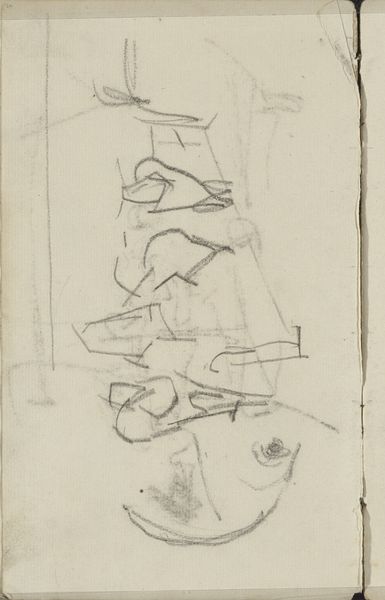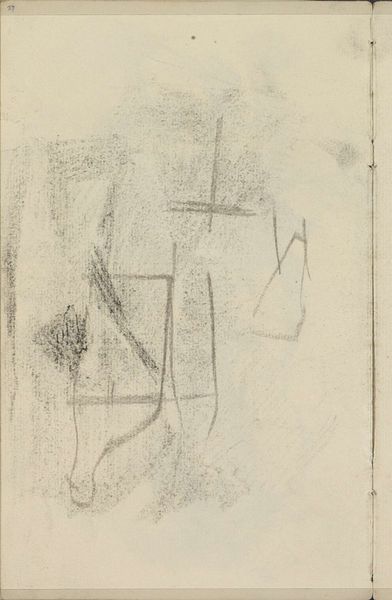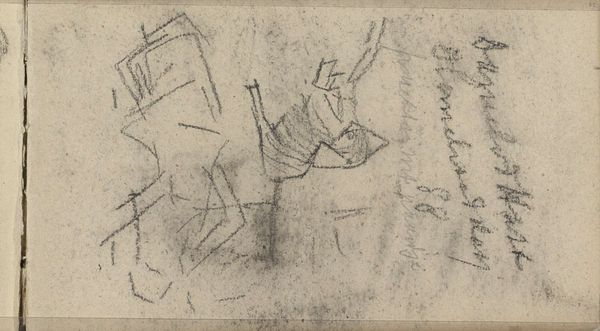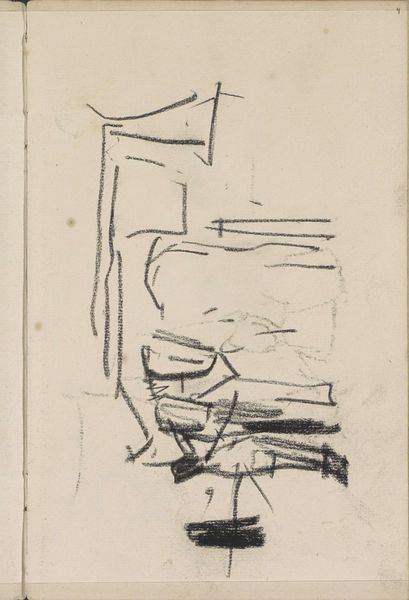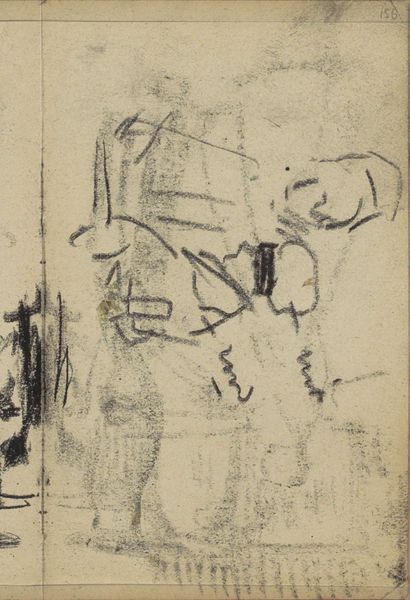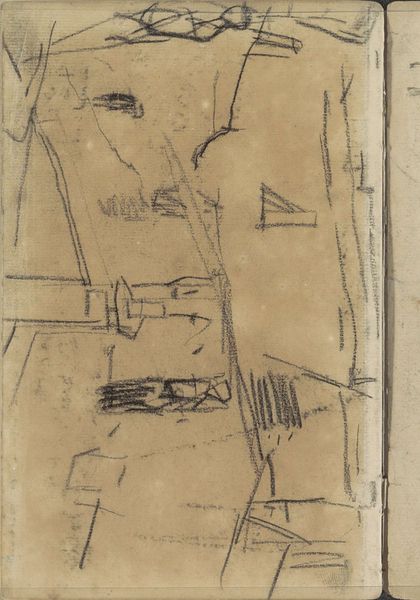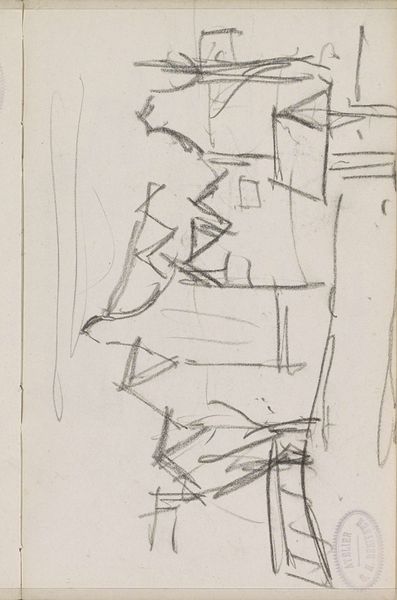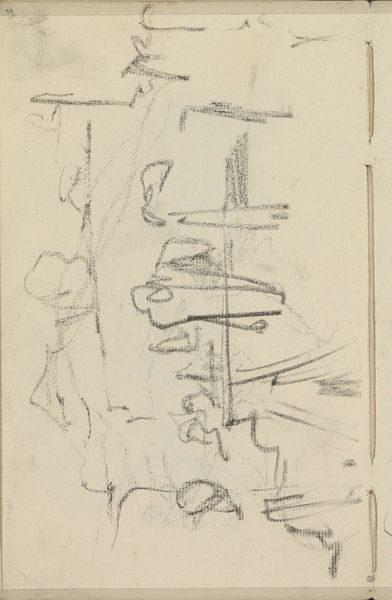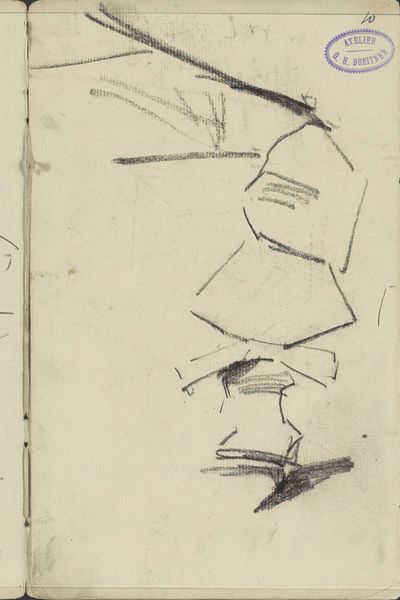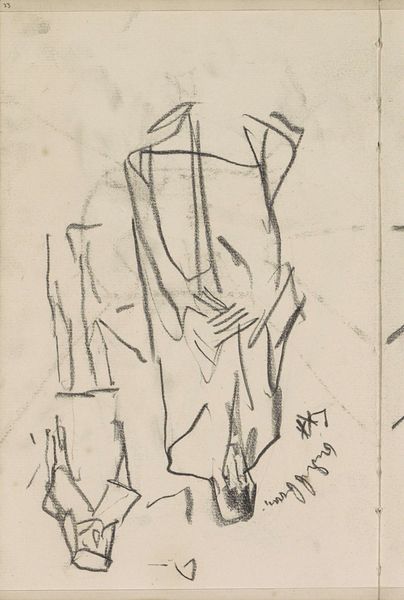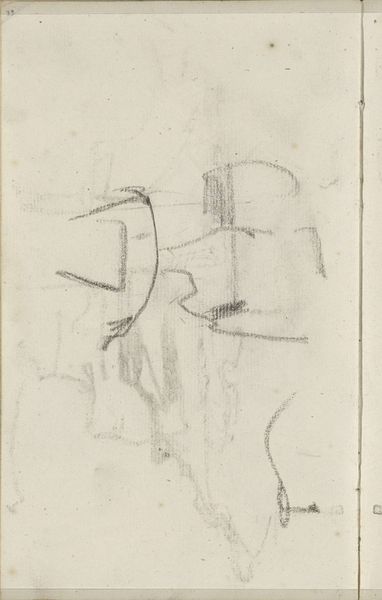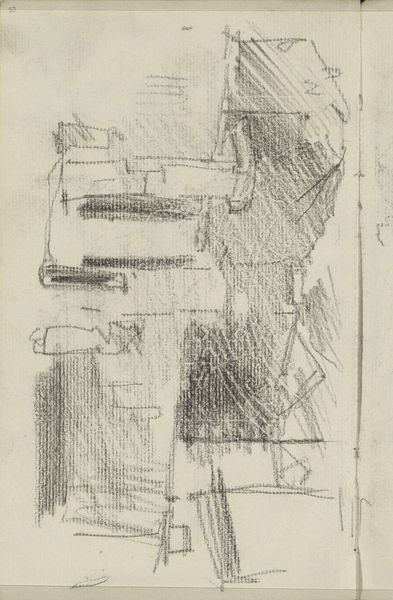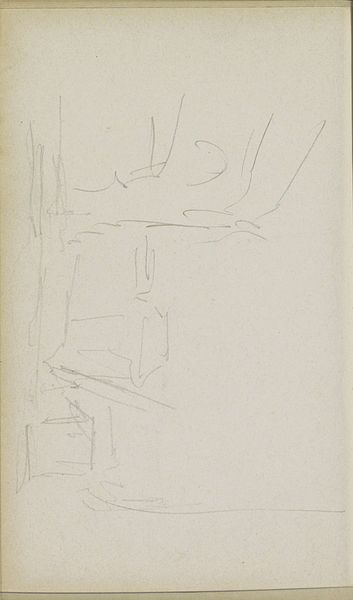
drawing, graphite
#
drawing
#
impressionism
#
pencil sketch
#
landscape
#
horse
#
graphite
Copyright: Rijks Museum: Open Domain
Editor: This graphite drawing, "Een of twee aangespannen paarden" – "One or Two Horses in Harness" – was created by George Hendrik Breitner sometime between 1883 and 1885, and it's now at the Rijksmuseum. It feels so immediate, a quick sketch capturing movement. What can you tell me about this work in terms of its historical context? Curator: This drawing provides a window into Breitner's fascination with the working class and the rapidly changing urban landscape of Amsterdam. Breitner, influenced by Impressionism and his desire for realism, was dedicated to capturing modern life, including everyday street scenes. Sketches like these would inform his larger paintings and provide reference. Consider how the sketch form itself challenges academic painting of the time. It's unfinished, immediate and seeks to capture an impression rather than idealizing it. Editor: That makes sense. The roughness and incompleteness feels very modern. How was art viewed at this period? Was he intentionally going against expectations? Curator: Exactly! Remember, during the late 19th century, art was increasingly linked to social reform. Artists began using their work to depict contemporary life authentically and offer commentary on social conditions. Breitner was part of a movement seeking a more honest portrayal, moving away from romanticized depictions and toward gritty realism. How do you think the choice of subject matter – working horses in a city – reflects this? Editor: Well, it steers away from typical landscape scenes, like nature untouched by humans. It shows horses working in a city; horses aren't idealized or symbolic of freedom or power, instead are just workers, maybe illustrating daily life in Amsterdam at that time. It emphasizes industry and commerce as features of modernity. Curator: Precisely. It underscores the artist's connection to social realism. By studying these preliminary sketches, we gain an insight into his process and a deeper understanding of his role as a recorder of urban life. Editor: I see now; viewing the piece within the setting helps reveal new context behind it, even in its rough state. Thank you for elaborating!
Comments
No comments
Be the first to comment and join the conversation on the ultimate creative platform.
